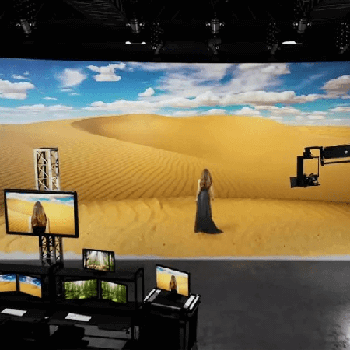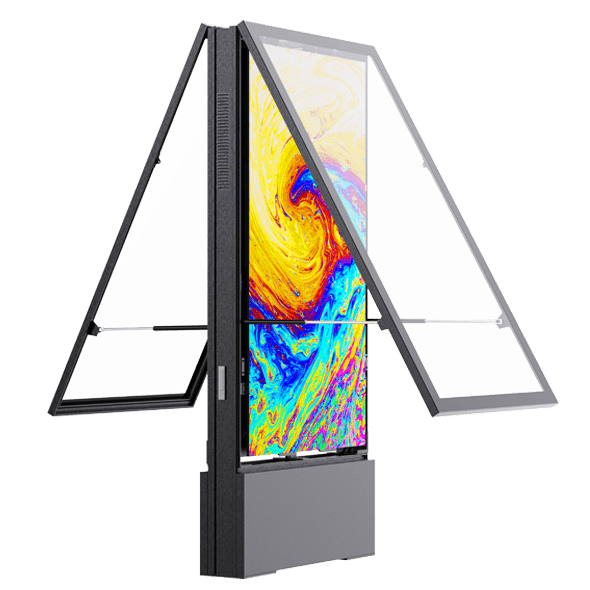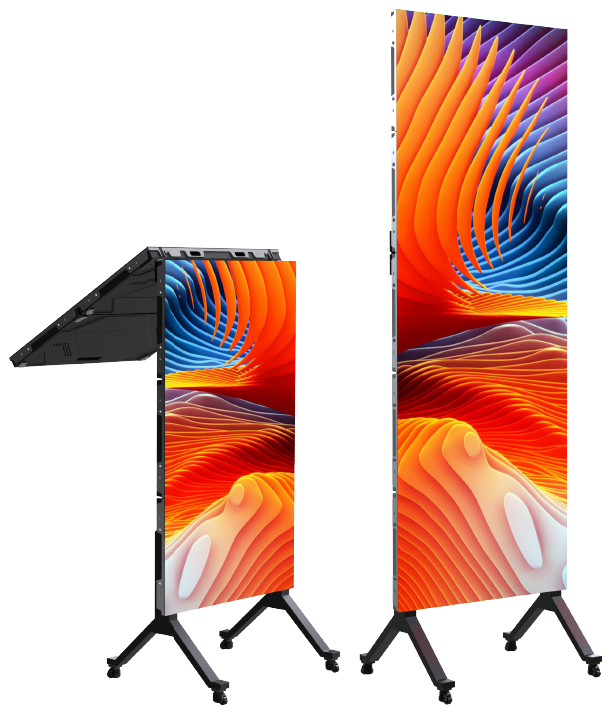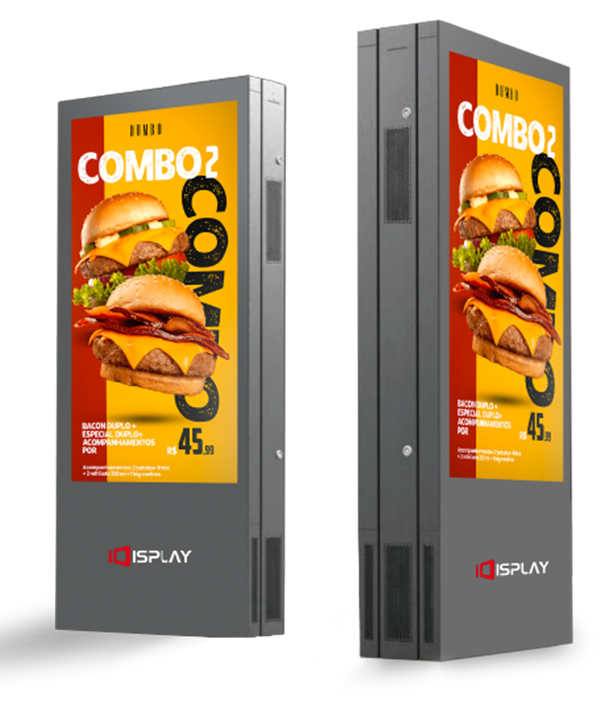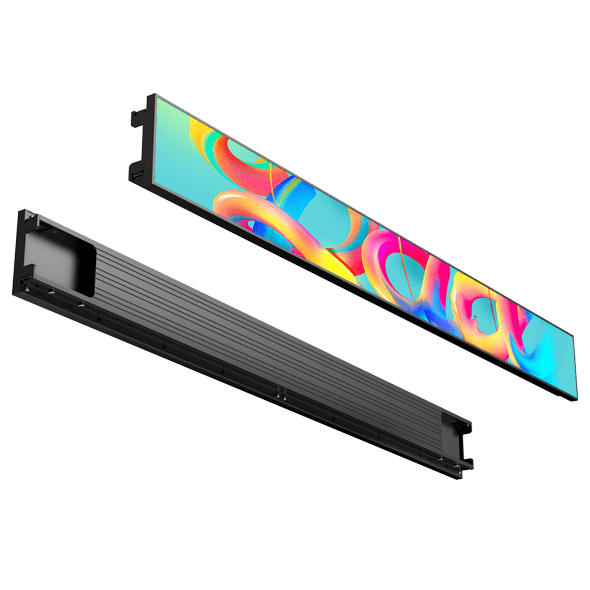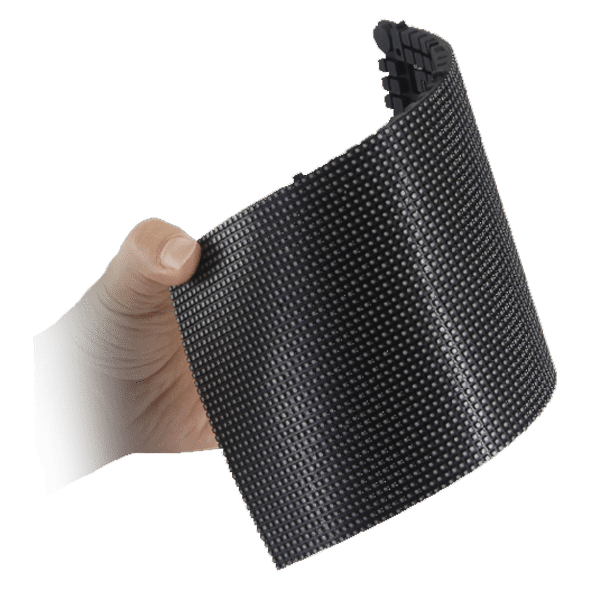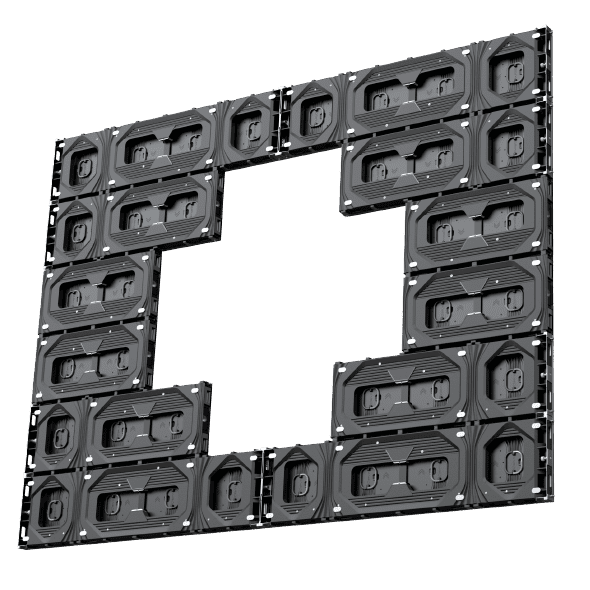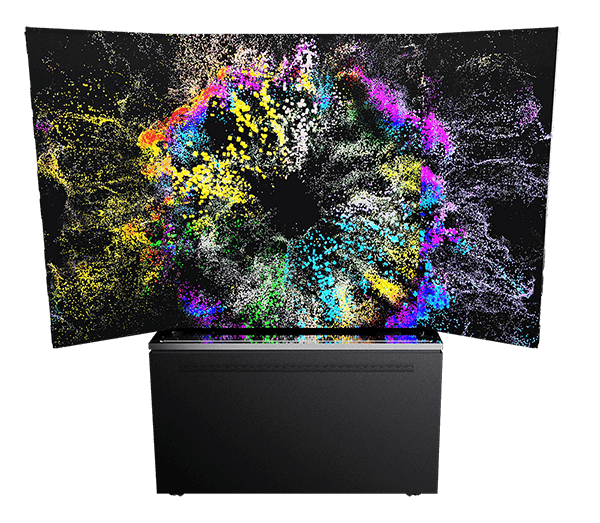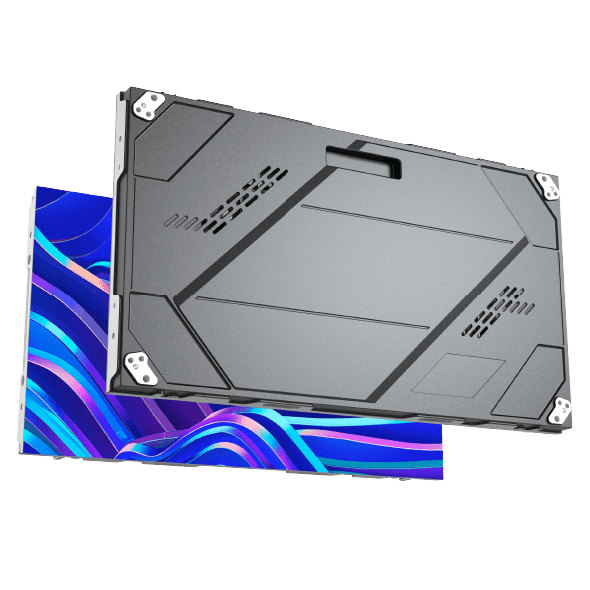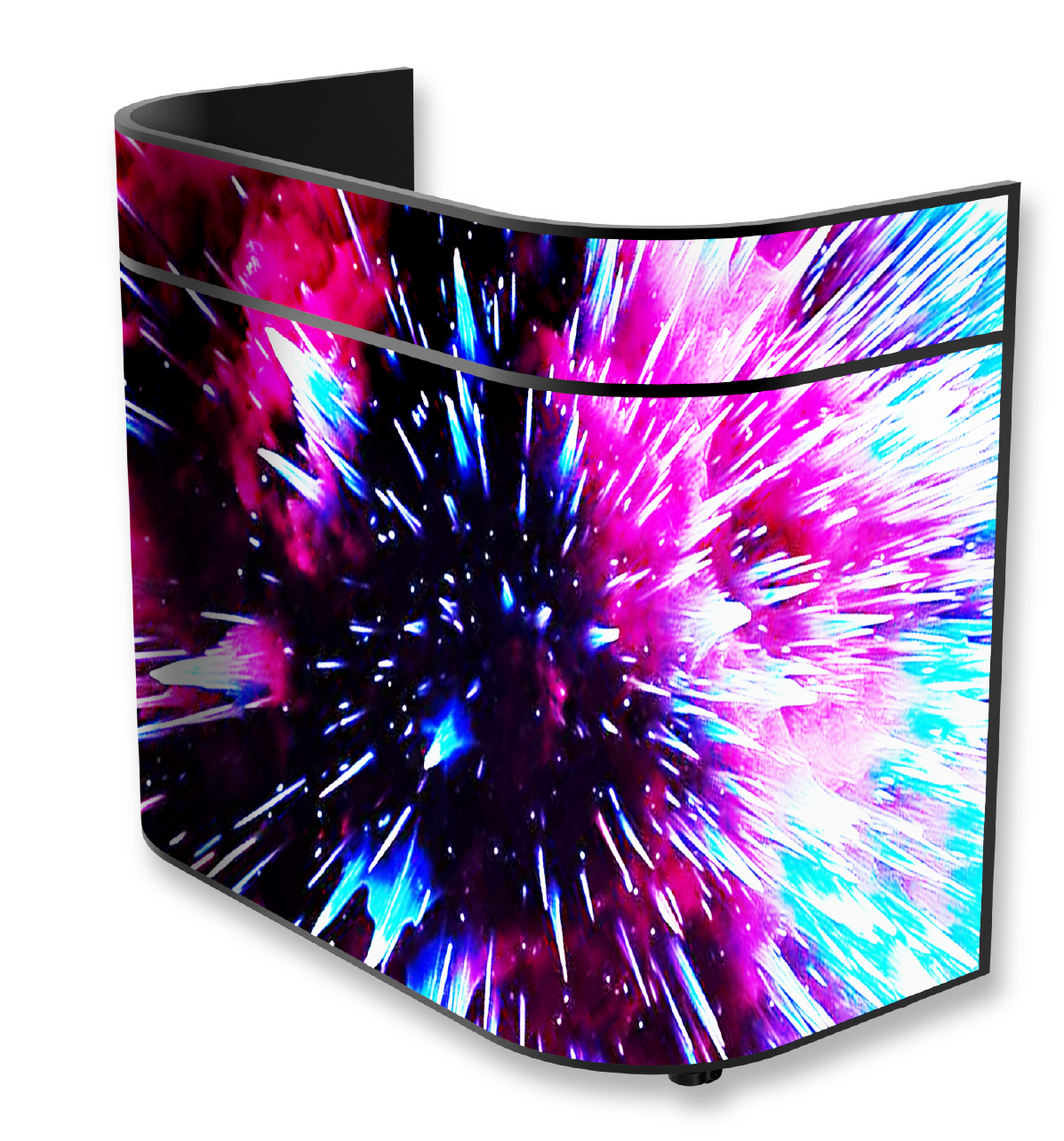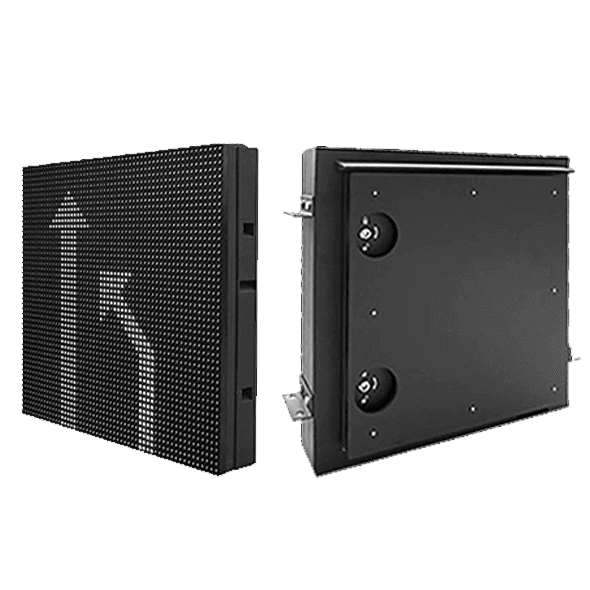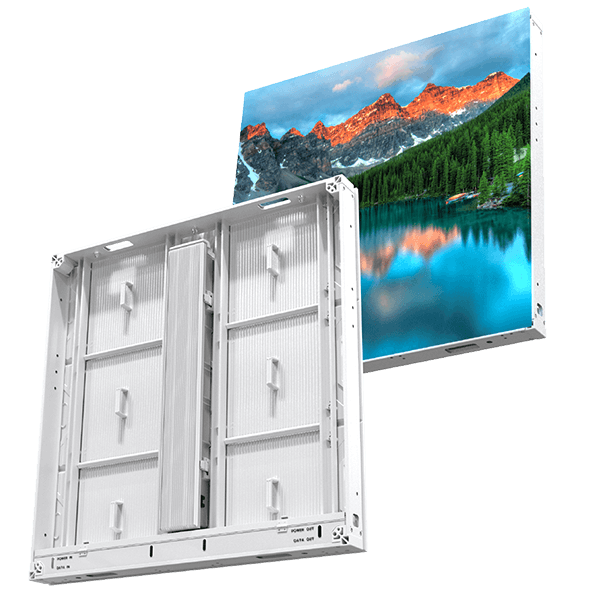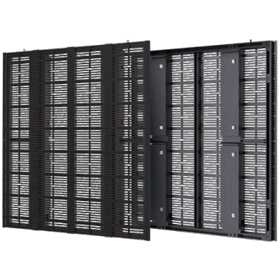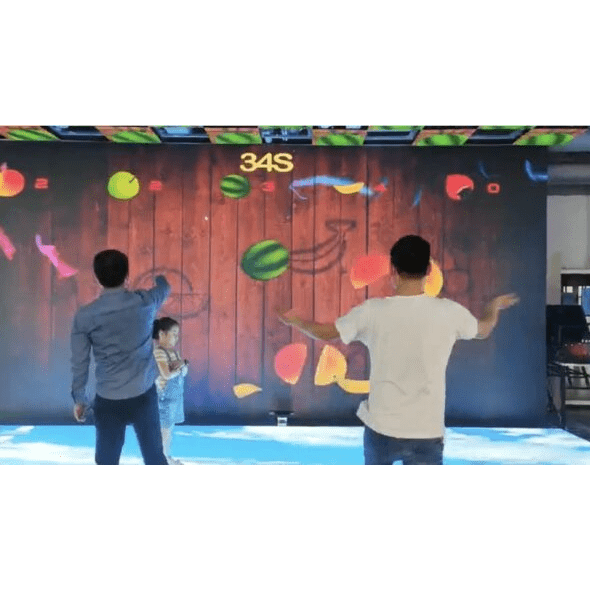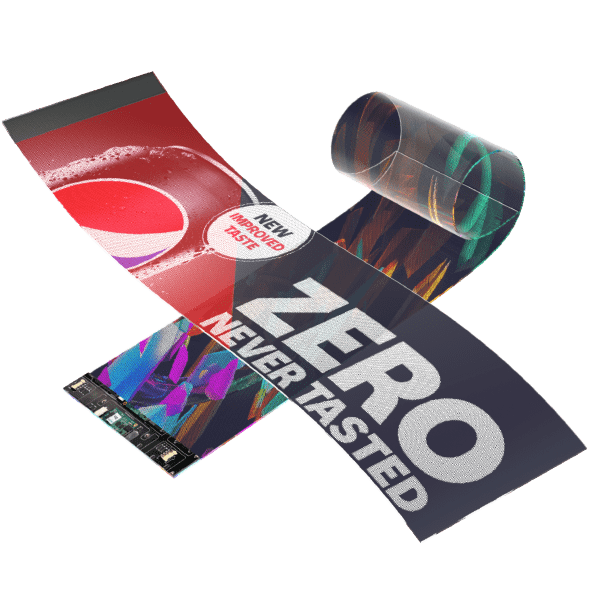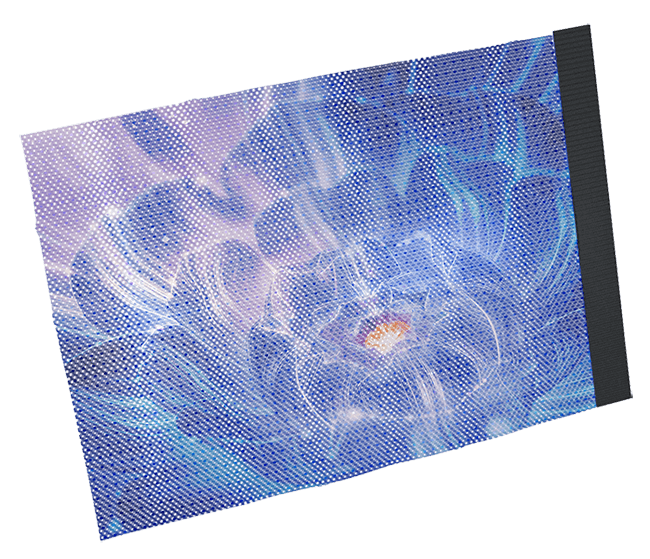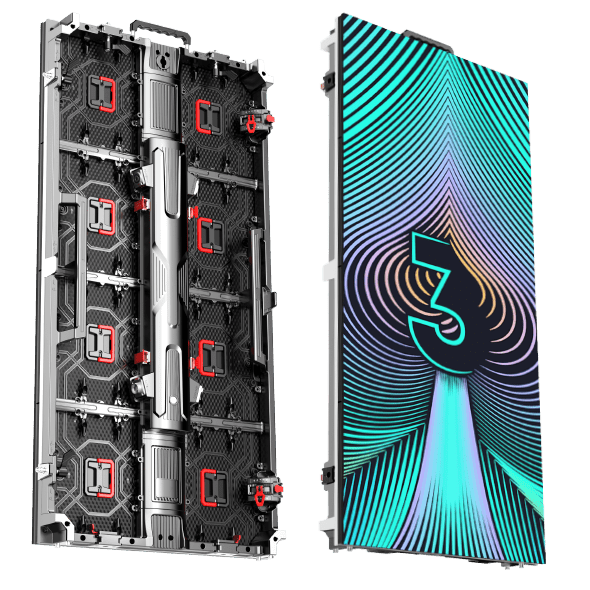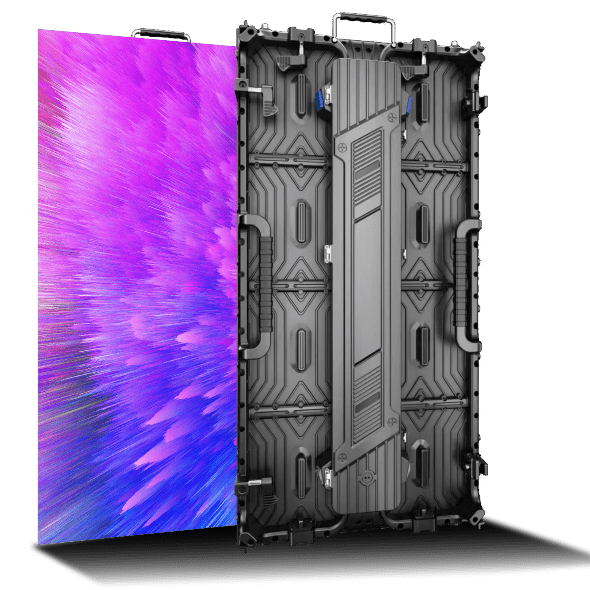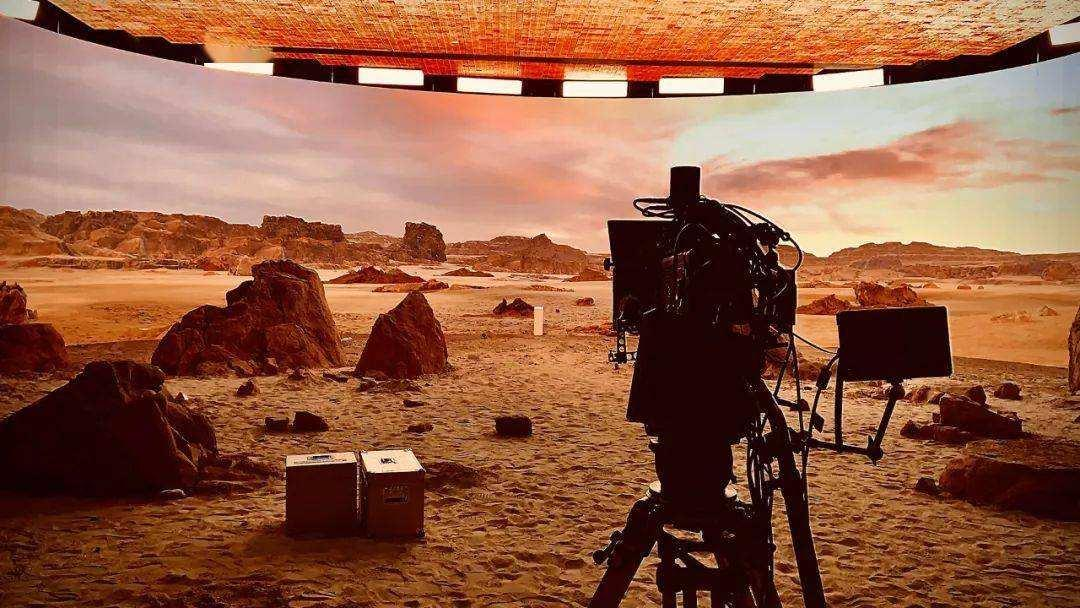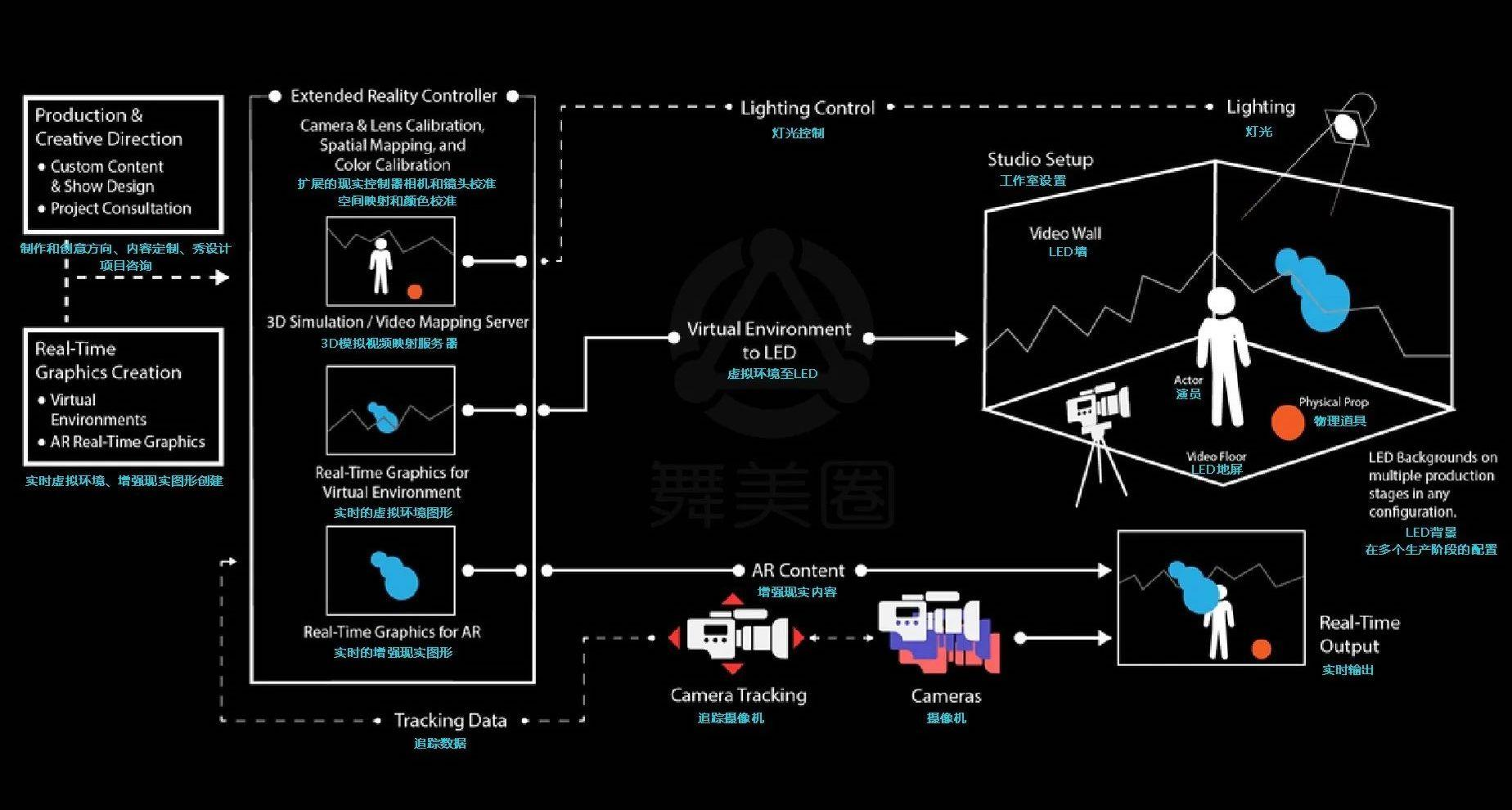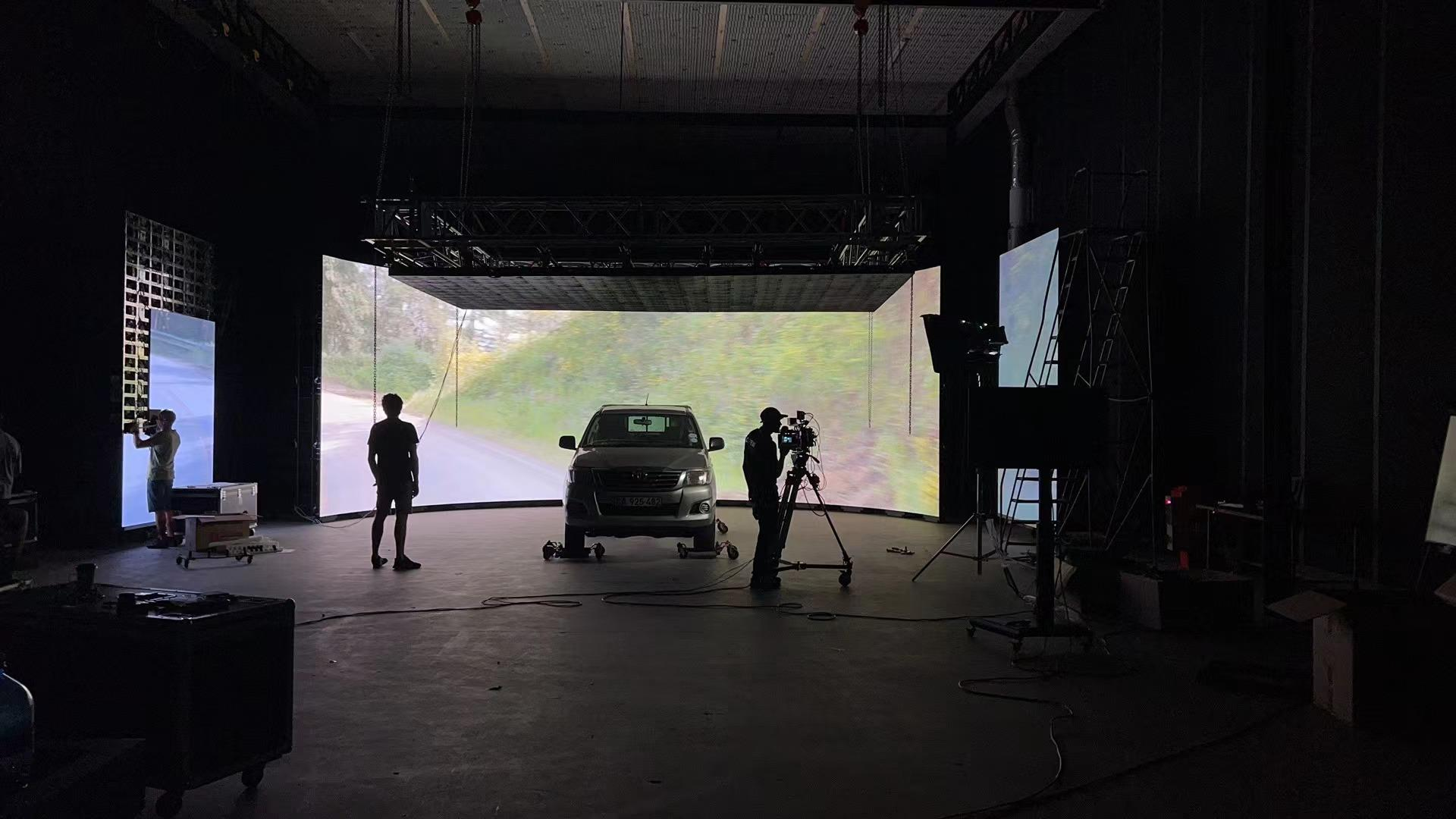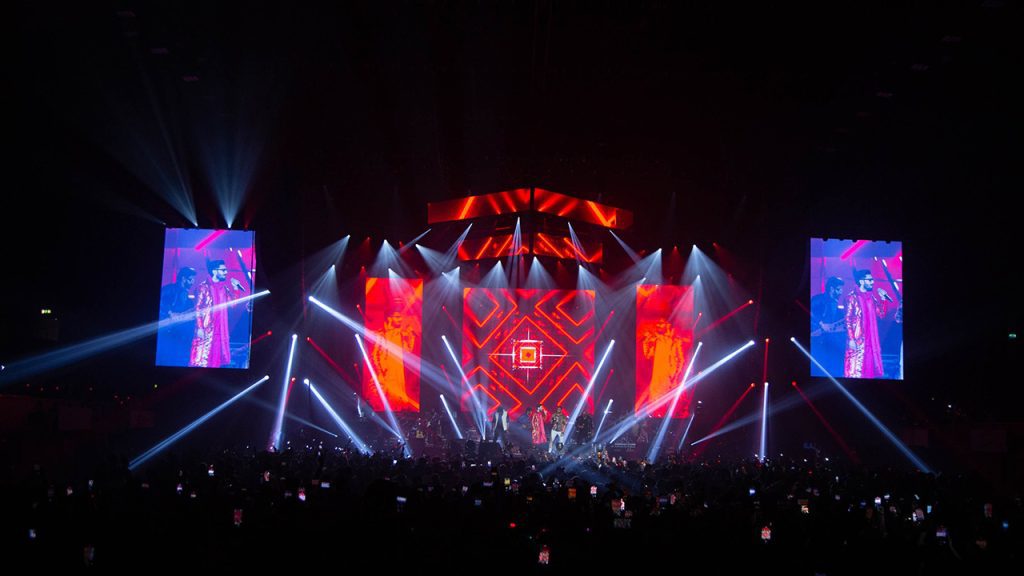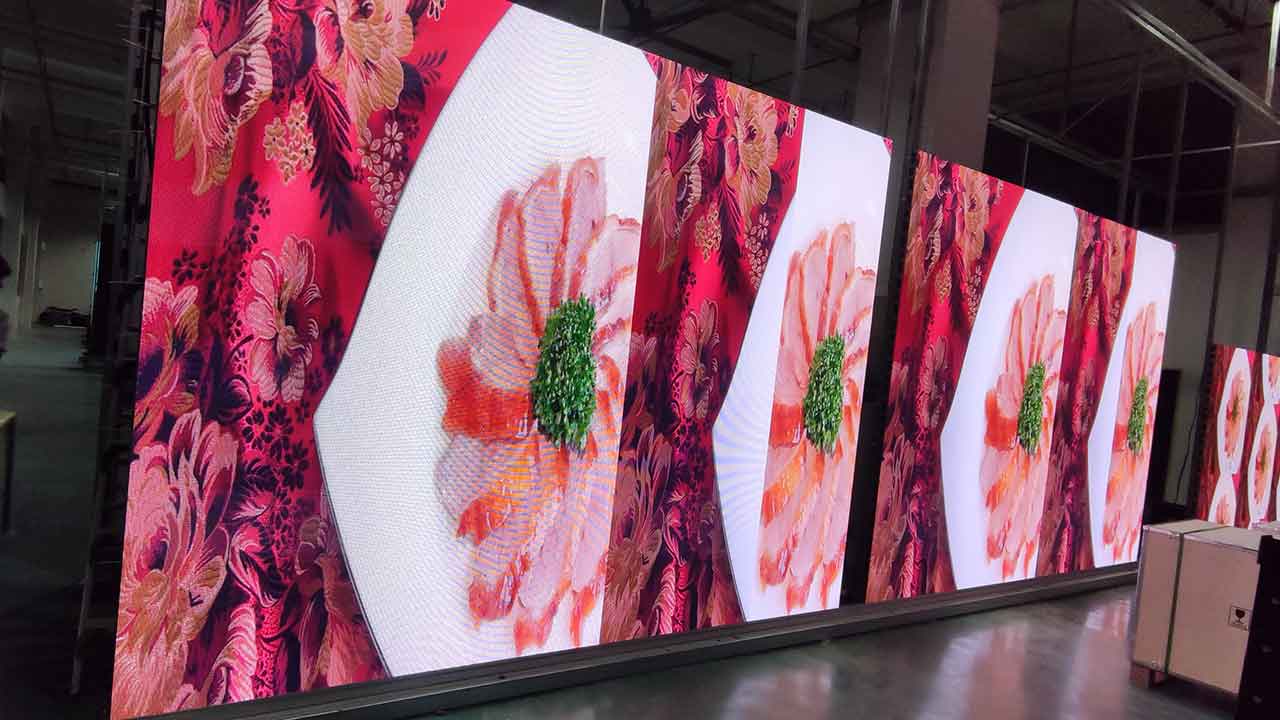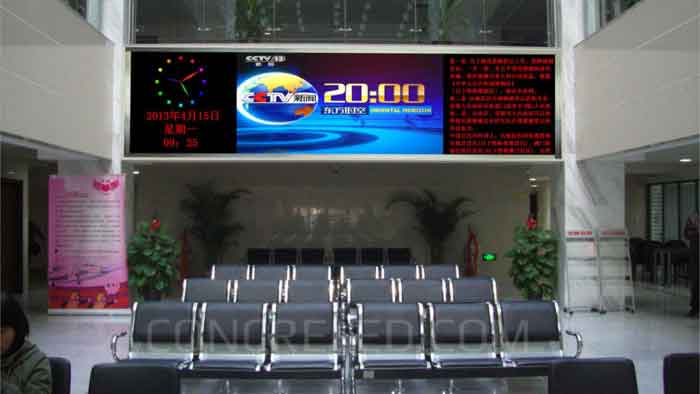As the media and entertainment industries continue to evolve, Virtual Production (VP) has emerged as a game-changer, revolutionizing the way films, television shows, and commercials are created. Combining the power of real-time rendering with advanced LED display technology, virtual production allows creators to blend digital environments with live-action seamlessly. This essay will explore the essential elements needed to set up a virtual production studio, focusing on the equipment, technologies, and workflow involved in creating these cutting-edge production spaces.
What is Virtual Production (VP)?
Virtual production refers to the integration of digital environments and effects into live-action filming in real-time, as opposed to traditional post-production processes. This is achieved using LED walls, motion-tracked cameras, and real-time rendering engines like Unreal Engine. By utilizing Extended Reality (XR), which combines Augmented Reality (AR), Virtual Reality (VR), and Mixed Reality (MR), virtual production studios can create fully immersive worlds on-set.
Through this process, the filmmakers are no longer constrained by the limitations of green screens and static backgrounds. Instead, they can see and interact with the virtual environments in real-time, which allows for more traditional cinematography techniques, smoother collaboration, and increased creative possibilities.
The Role of LED Walls in Virtual Production
A key element of virtual production is the VFX LED wall, which displays real-time graphics and backgrounds. Unlike traditional green screens, LED walls allow filmmakers to simulate real locations and environments, using motion-tracking cameras that ensure the background shifts naturally with camera angles and movements. This eliminates the need for complex compositing in post-production and enables filmmakers to achieve dynamic parallax effects—creating the illusion that objects and characters in the foreground and background are moving at different speeds, enhancing realism.
Moreover, LED walls support on-set lighting and reflections that blend more naturally with live-action elements. This results in a much more cohesive scene, reducing the workload of the post-production team and providing actors and directors with a more immersive set to work with.
Essential Equipment for Virtual Production
To successfully set up a virtual production studio, certain equipment is necessary:
Real-time rendering engines: Tools like Unreal Engine and Notch are the backbone of virtual production, allowing for the creation of lifelike environments and virtual sets that can be rendered in real-time.
Media servers and platforms: Systems such as Disguise and Pixotope manage the content displayed on the LED walls and ensure everything runs smoothly during production.
Tracking equipment: Motion-tracking systems like Mo-sys, Stype, BlackTrax, and Optitrack are critical for aligning the virtual background with the camera's perspective. This ensures that the digital environment responds accurately to camera movements, making the virtual set feel more authentic.
High-performance cameras: Professional cameras, such as those by Arri and Sony, are essential for capturing high-quality live-action footage that will be integrated with the virtual environments.
LED walls: Premium iDisplay immerSiv Pro LED walls are the preferred choice for virtual production, offering high brightness, refresh rates, and color accuracy, all of which are vital for achieving seamless integration between the real and virtual worlds.
Video processors: Systems from Brompton and Novastar manage video signal processing, ensuring smooth playback and high-definition output on the LED walls.
Building the Right Team for Virtual Production
Virtual production requires a highly specialized team to ensure everything runs smoothly:
VP Consultant/Supervisor: Oversees the entire virtual production process, from pre-production planning to the final shoot.
Unreal Engine Designer: Creates and manages the real-time digital environments.
Camera Tracking Operator: Manages the tracking systems that align the virtual background with camera movements.
LED Wall Consultant: Ensures the LED display panels are calibrated and functioning optimally throughout the production.
Technical Specifications for LED Walls in Virtual Production
The quality of the LED wall is paramount in virtual production. Key technical specifications include:
Brightness: Ideally, LED walls should have brightness levels around 1200-1500 nits to maintain clarity during production.
Refresh Rate: A high refresh rate, typically around 7680Hz, ensures smooth visuals without flicker or scan lines, which is crucial for shooting with professional cameras.
Color Depth and Gamut: With a color depth of up to 22 bits and support for REC2020, REC709, and DCI-P3 color spaces, LED walls offer accurate color reproduction, which is essential for creating realistic digital environments.
HDR Support: High Dynamic Range (HDR) improves both highlight and shadow details, offering a more dynamic and visually engaging scene.
Frame Rate: Depending on the production needs, frame rates can range from 23.98 to 244Hz, with most films operating at 24 FPS to achieve a cinematic feel.
Future of Virtual Production
The demand for virtual production is expected to grow as more industries recognize its potential. In addition to film and television, sectors such as education, eSports, broadcasting, and corporate events are beginning to adopt virtual production techniques. This is due to its flexibility, cost savings, and ability to create high-quality, immersive experiences.
As technology continues to evolve, virtual production studios will become even more sophisticated. The next wave of advancements may include even higher-resolution LED walls, more efficient real-time rendering engines, and further integration of AI and machine learning to automate certain aspects of the virtual production process.
Schlussfolgerung
Setting up a virtual production studio is an intricate process that requires advanced technology, skilled professionals, and the right equipment. With LED walls at the core of the setup, filmmakers can break free from traditional limitations and explore new creative possibilities. As virtual production continues to revolutionize the media landscape, those who invest in the right technology and talent will be well-positioned to lead the future of immersive storytelling.

